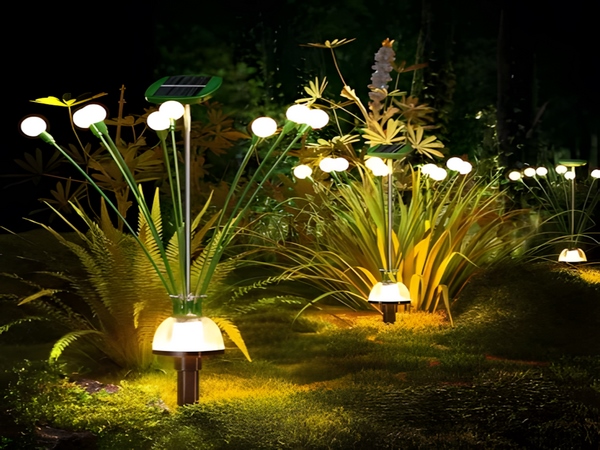

1. Different Sunshine Coefficients in Various Regions

In areas with high sunshine coefficients, solar street lights can charge more with the same power solar panels. However, in regions with low sunshine coefficients, the daily charging will be less. Therefore, solar panels with higher power are used in regions with high sunshine coefficients compared to those with lower ones.
2. Temperature Differences Between North and South
In the south, the minimum temperature in winter does not drop to minus 10 degrees, allowing for the use of the less expensive 3.2V lithium iron phosphate batteries. In contrast, the low temperatures in the north during winter are unsuitable for lithium iron phosphate batteries, which necessitate the use of 12V ternary lithium batteries, as ternary lithium batteries are designed to withstand low temperatures.
3. The Number of Rainy Days Varies by Region
Some regions experience many rainy days, so to ensure that solar street lights remain lit during these times, the capacity of the solar lithium batteries must be increased. In areas with fewer rainy days, the capacity of the lithium batteries does not need to be as large. For example, Panzhihua in Guizhou requires fewer rainy days, so its battery capacity does not need to be as significant, while Guangxi requires the opposite.
Therefore, from the above three perspectives, solar energy-saving street lights cannot meet a unified standard in every region. This also results in different prices for solar street lights purchased in each area. This discrepancy is because manufacturers match different configurations based on regional needs, leading to the absence of a standard price for solar street lights.



